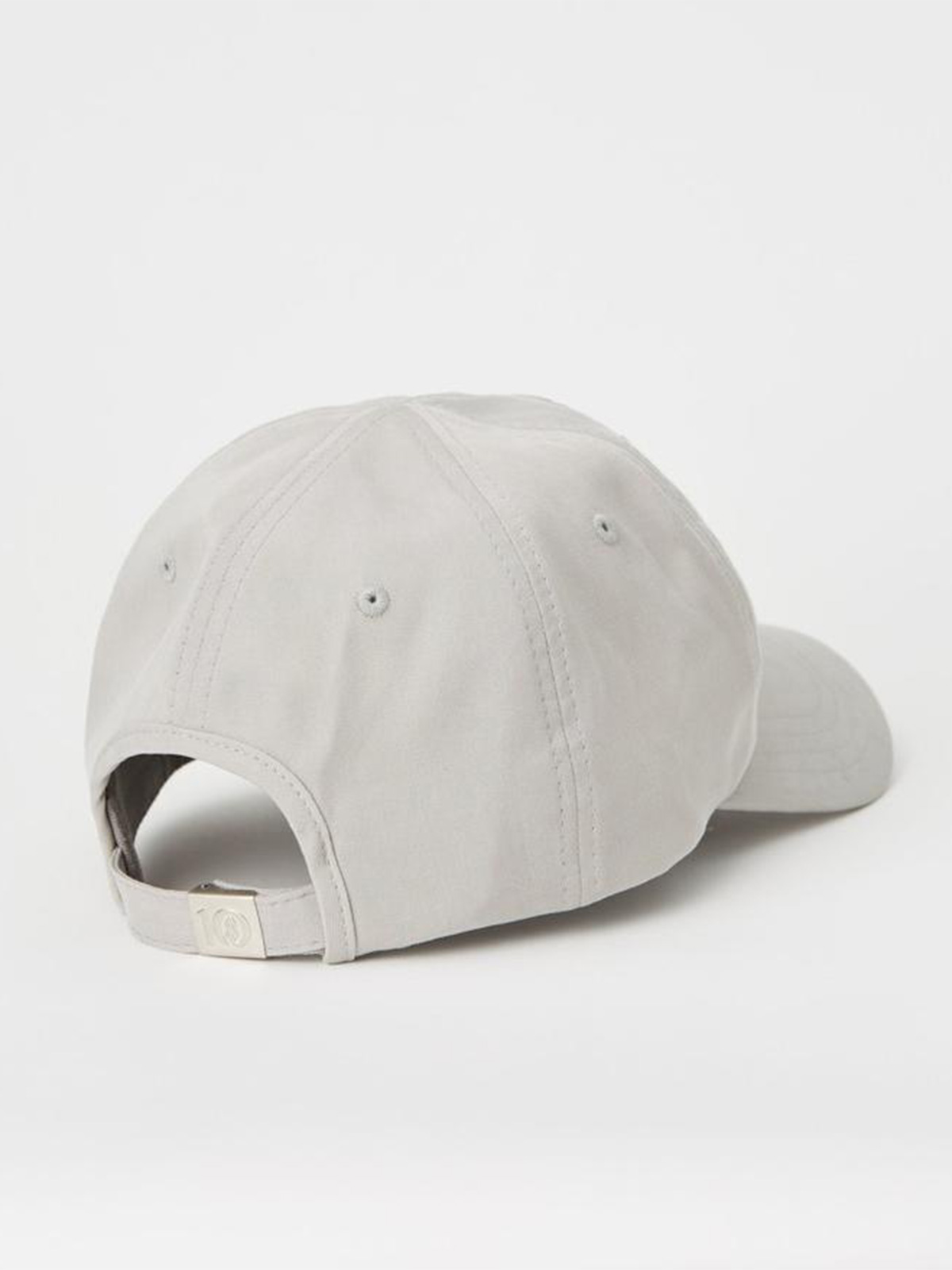We spoke to Laura Díaz Sánchez from the Plastic Soup Foundation, about the urgent need to stop microfibres going down the drain, and what we can do as consumers.
Plastic is everywhere
It is an unfortunate reality that plastic infiltrates almost every aspect of our lives, and our wardrobes are no exception. While we may not automatically associate plastic with clothing, the rise of fast fashion has brought with it the domination of synthetic fabrics (most commonly polyester), which currently represent about 60% of the clothing material manufactured worldwide.
Synthetic clothes are one of the largest sources of environmental pollution, being responsible for more than one-third of all microplastics (plastic particles smaller than 5mm) polluting our waters.
A recent study showed the shocking amount of microfibres lost through the wash of synthetic clothes from two fast fashion brands (H&M and Zara) and two sports brands (Adidas and Nike). On average, a whopping 9 million synthetic microfibres go down the drain in an average load of washing in Europe!
Our washing machines and sewage treatment plants are simply not equipped to stop these fibres in their tracks, which means that the vast majority pass undetected through our wastewater treatment systems and end up in our air, our water, our food chain, and eventually inside our bodies.
One of the partners of the fast fashion study is the Plastic Soup Foundation, an Amsterdam-based organisation dedicated to fighting plastic pollution in our waters and in our bodies. They work to identify and target pollution at its source so that it doesn’t become an even bigger problem. The foundation runs campaigns such as Beat the Microbead to prevent plastic microbeads in personal care products from ending up in the sea, and Ocean Clean Wash to stop microfibre pollution from synthetic clothes. They also partner with researchers to better understand the effects of plastic on the environment, including being part of the EU-funded LIFE – MERMAIDS project. Developing solutions to the problem is also a top priority, and their recent work with Planet Care, an organisation that has developed filters to trap more than 80% of microfibres in the wash, is a great example of that.
We spoke to Laura Díaz Sánchez, Project Leader and Campaigner at the Plastic Soup Foundation, about the urgent need to stop microfibres going down the drain, and what we can do as consumers to help fight the good fight.
Why is it important to stop microfibres from polluting our waters?
We now know that microplastic (including microfibres and microbeads) is not only polluting the environment we live in, it is actually making its way into our bodies. We now have proof that it is in the air we breathe, the clothes we wear, the food we eat, and the water we drink. The problem is not only the amount of plastic that we are inhaling and consuming (which is reported to be the equivalent of a credit card per week), but what should be equally alarming is that most of the plastics inside us are nano-particles (particles so small, they may even be going through our skin), and we currently do not know what they are doing to our bodies – if they are staying or if they are releasing further toxins. This is perhaps the most concerning and dangerous aspect and we need to stop it while we are discovering the consequences.
Up until now, the plastic industry as a whole (not just the synthetic clothing industry) was generally not interested in doing anything about the issue and just trying to beat time.
We think that the industry needs to take responsibility for the clothes they are making, because we now know that it is not only about the environment, but also about our own health.
People now see that it is not just the turtle in the sea that is being disentangled with plastic, but that there is also plastic inside us, our children, and everyone around us. Perhaps this increasing understanding of how big and bad the problem actually is, is what will get people and the industry to take action; and if consumers ask for change, then companies will have to change.
What can we do?
There are so many things that we can all do every day, big and small, to reduce our plastic footprint and our overall exposure to plastics. To assist people, we have our Beat the Microbead app that lets people scan the barcode of their cosmetic products to check if they contain microbeads, and our My Little Plastic Footprint app that educates people about the plastic crisis, and has challenges and pledges that people can take to reduce their own footprint. We also recently launched the plastic diet as part of our health campaign, which gives people tips to recognise the use of plastic in the top six areas of their lives – kitchen, bathroom, travel, leisure, garden and household – and how to reduce it, including simple tips such as switching to reusable bags, water bottles, and coffee cups. We try to make it as easy as possible, and there is always something you can do in every aspect of your life.
We understand that it is difficult to go back to the days when there was no plastic, as almost everything around us is made of plastic. We know that change needs time and we need to work together with consumers and the industry to make people aware of the issues; to reduce overall plastic production, and to stop the leakage of microplastics.
Everybody should know about it and everyone should say no: no to breathing in microfibres; no to plastic in our cosmetics; no to plastic on our skin, and no to plastic in our bodies.
Perhaps it is your favourite fleece sweater, your cutest summer dress, or your most comfortable workout gear that is made of (at least some) synthetic material. Whatever it is, the fact is that more and more plastic is being created every year, despite an increasing amount of it being discarded into our oceans – threatening not just our wildlife, but our own health. While plastic continues to surround us in our everyday life, we should all be mindful of how our clothes are polluting the planet and challenge ourselves to reduce the impact of our laundry.



















